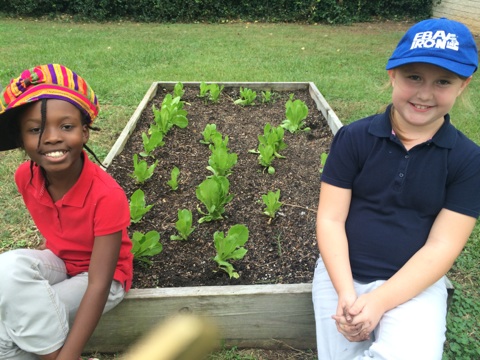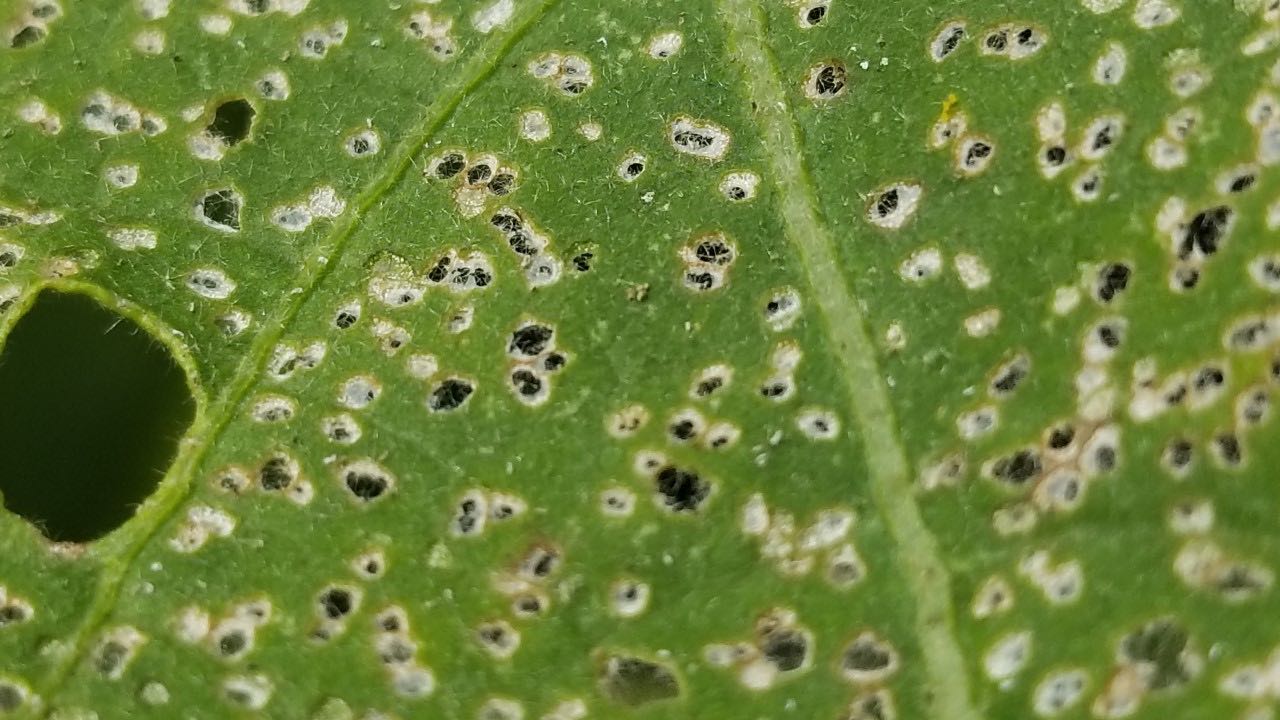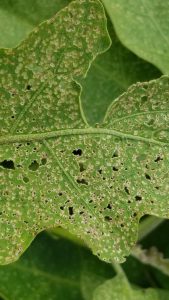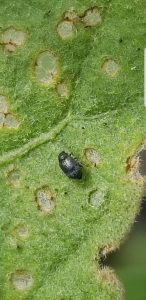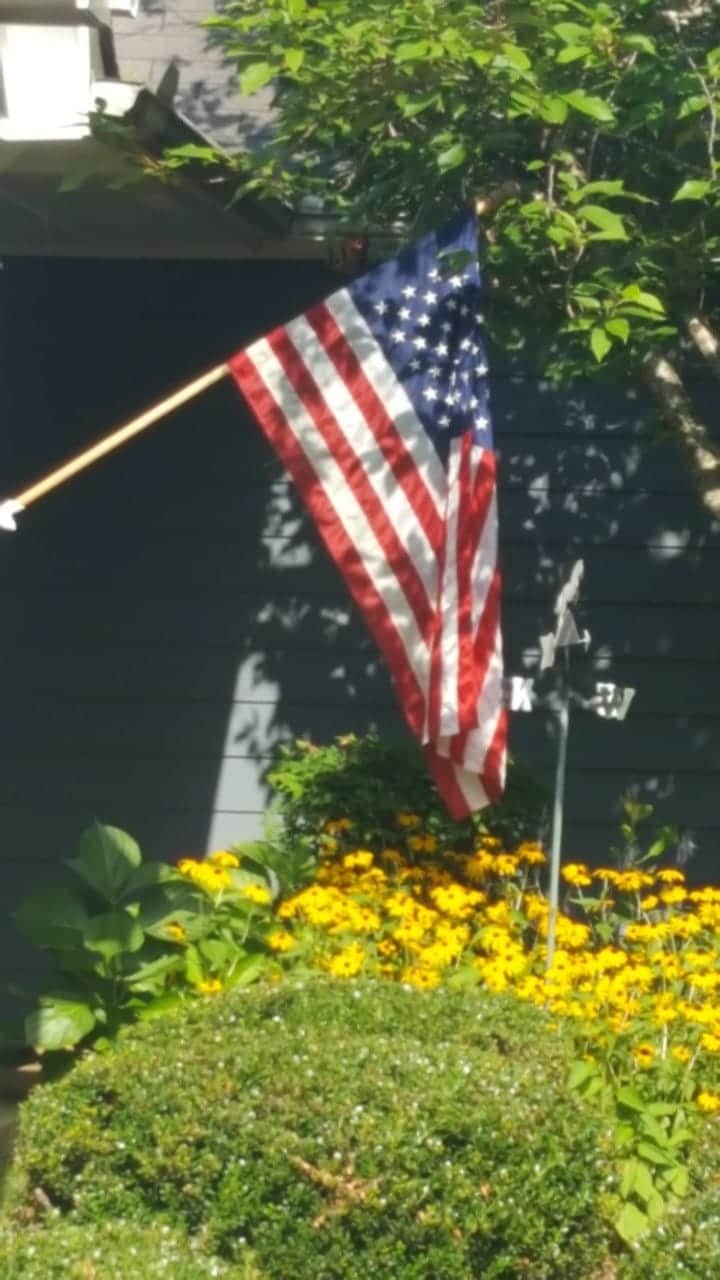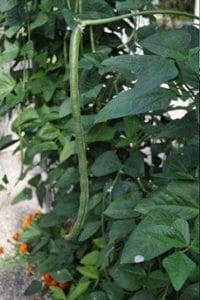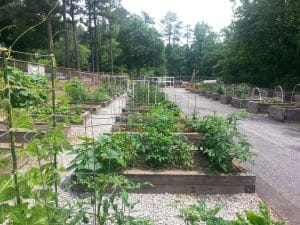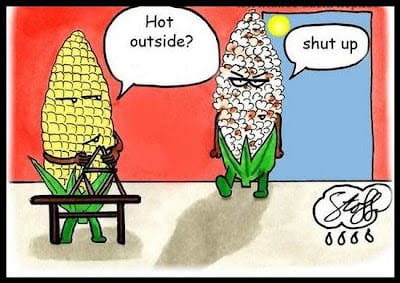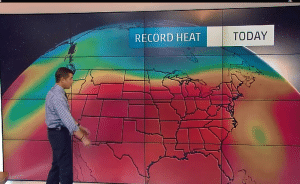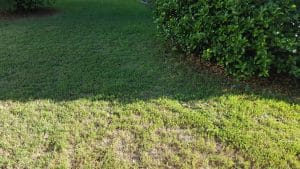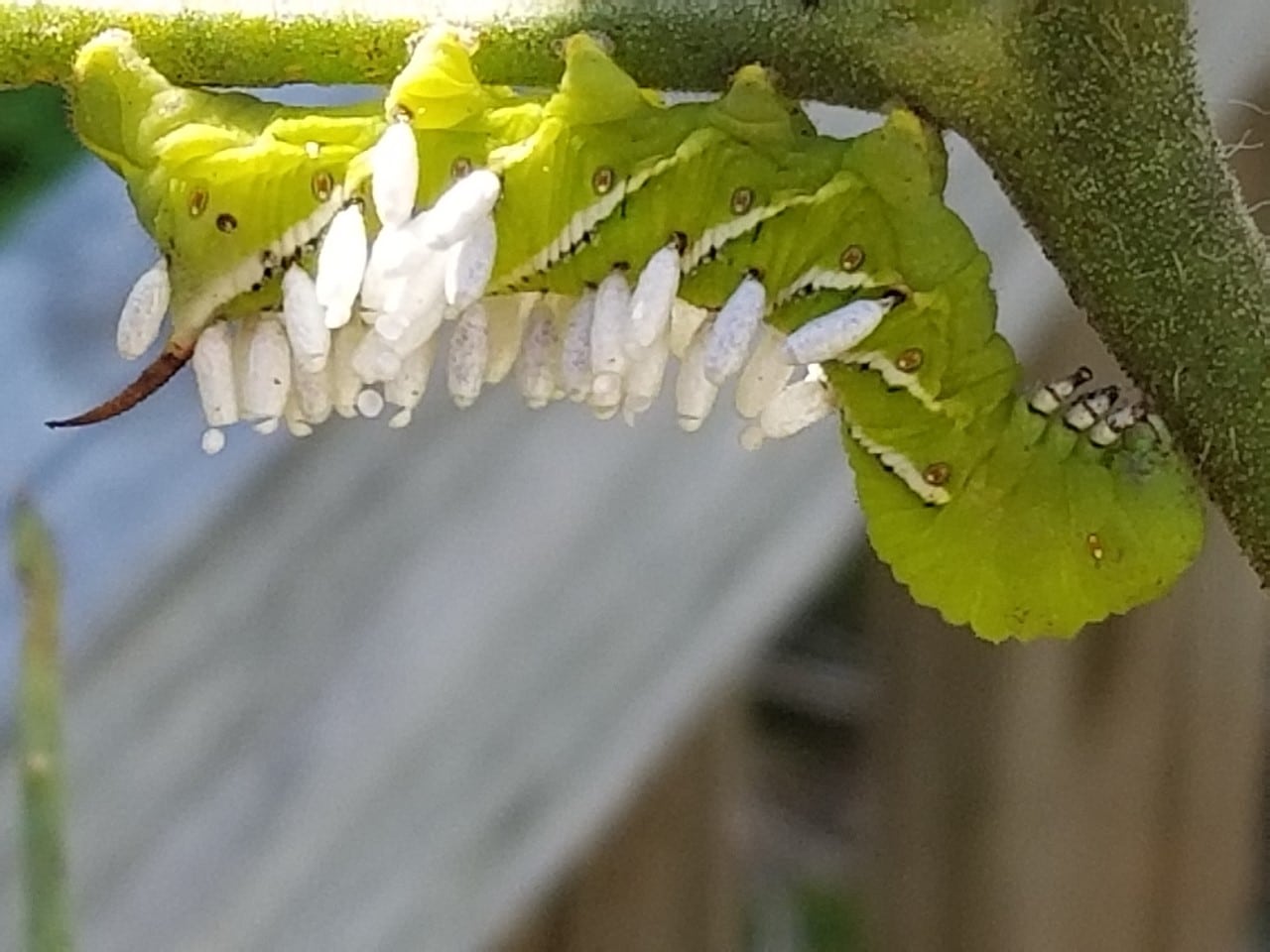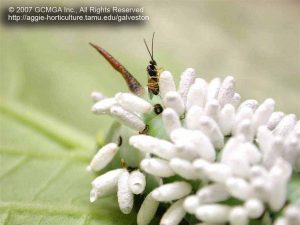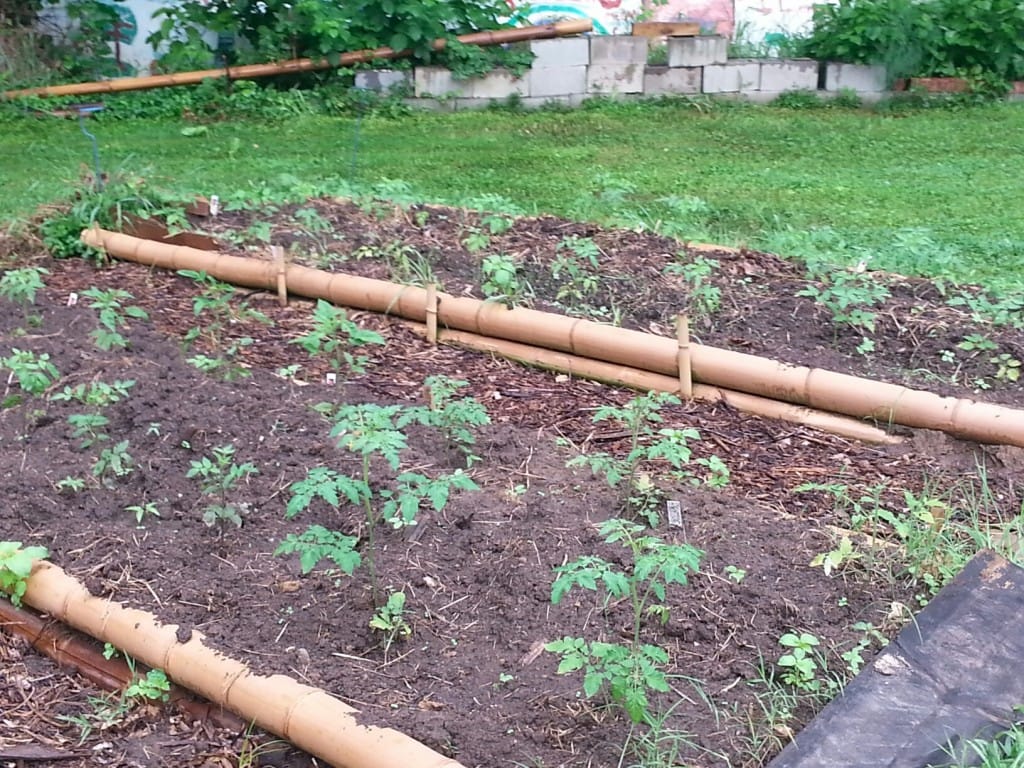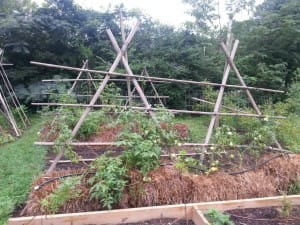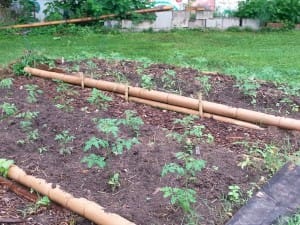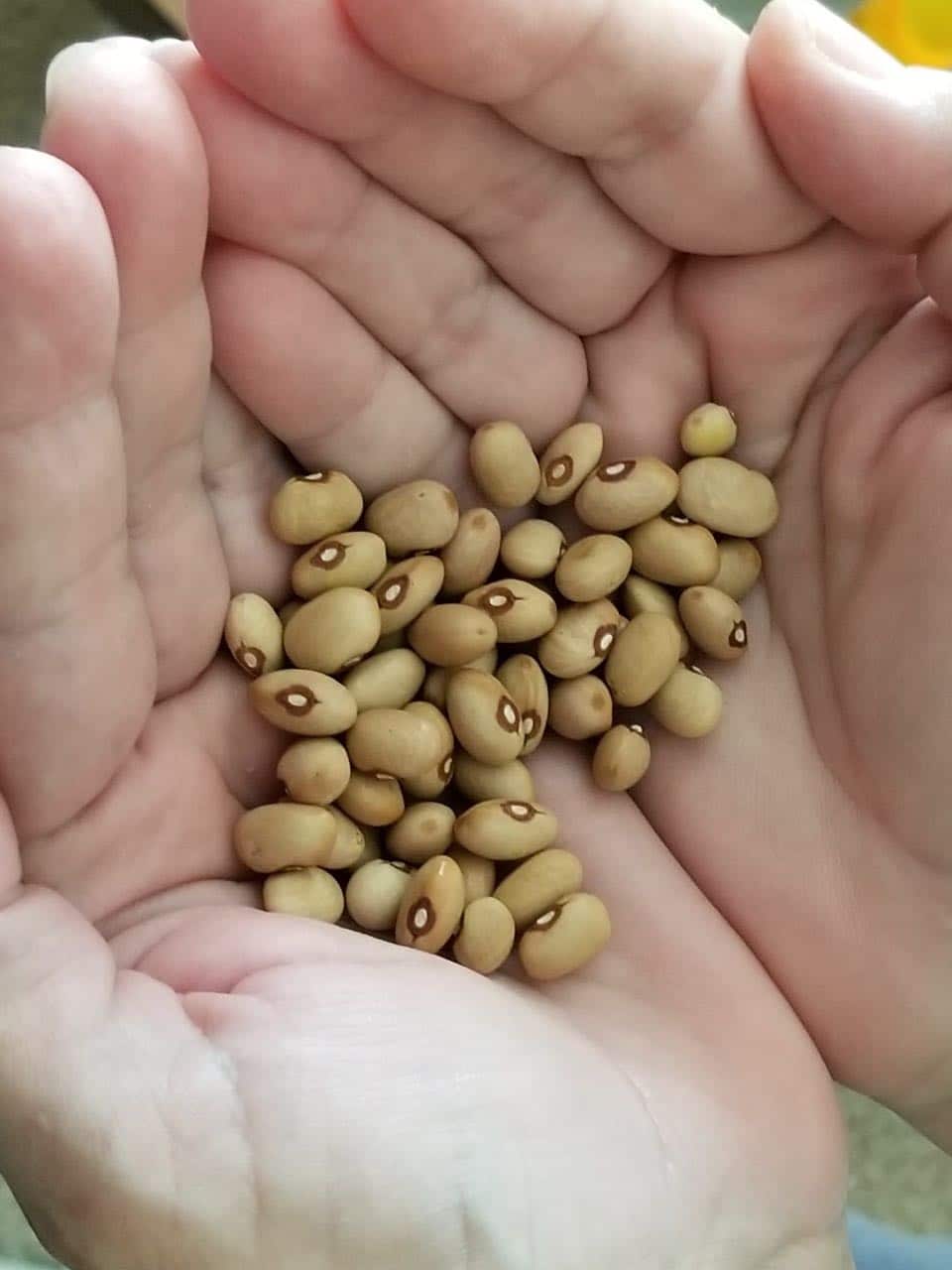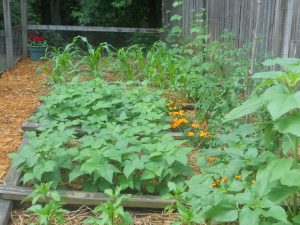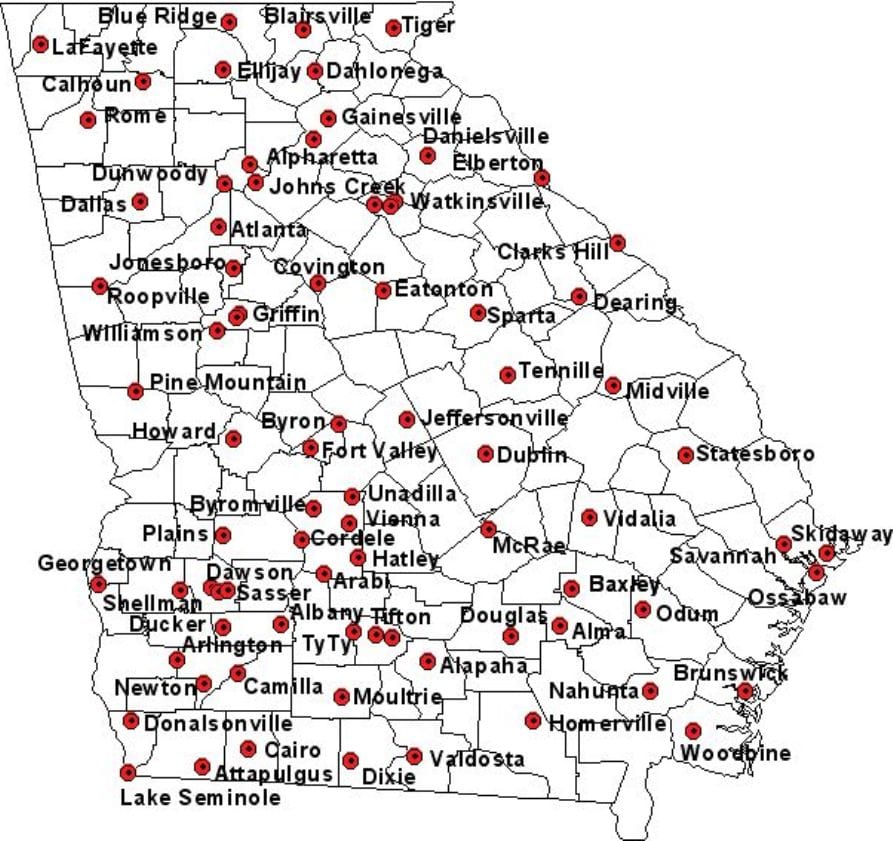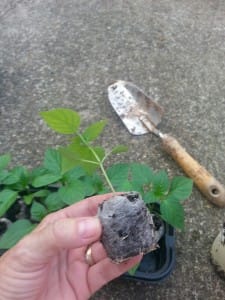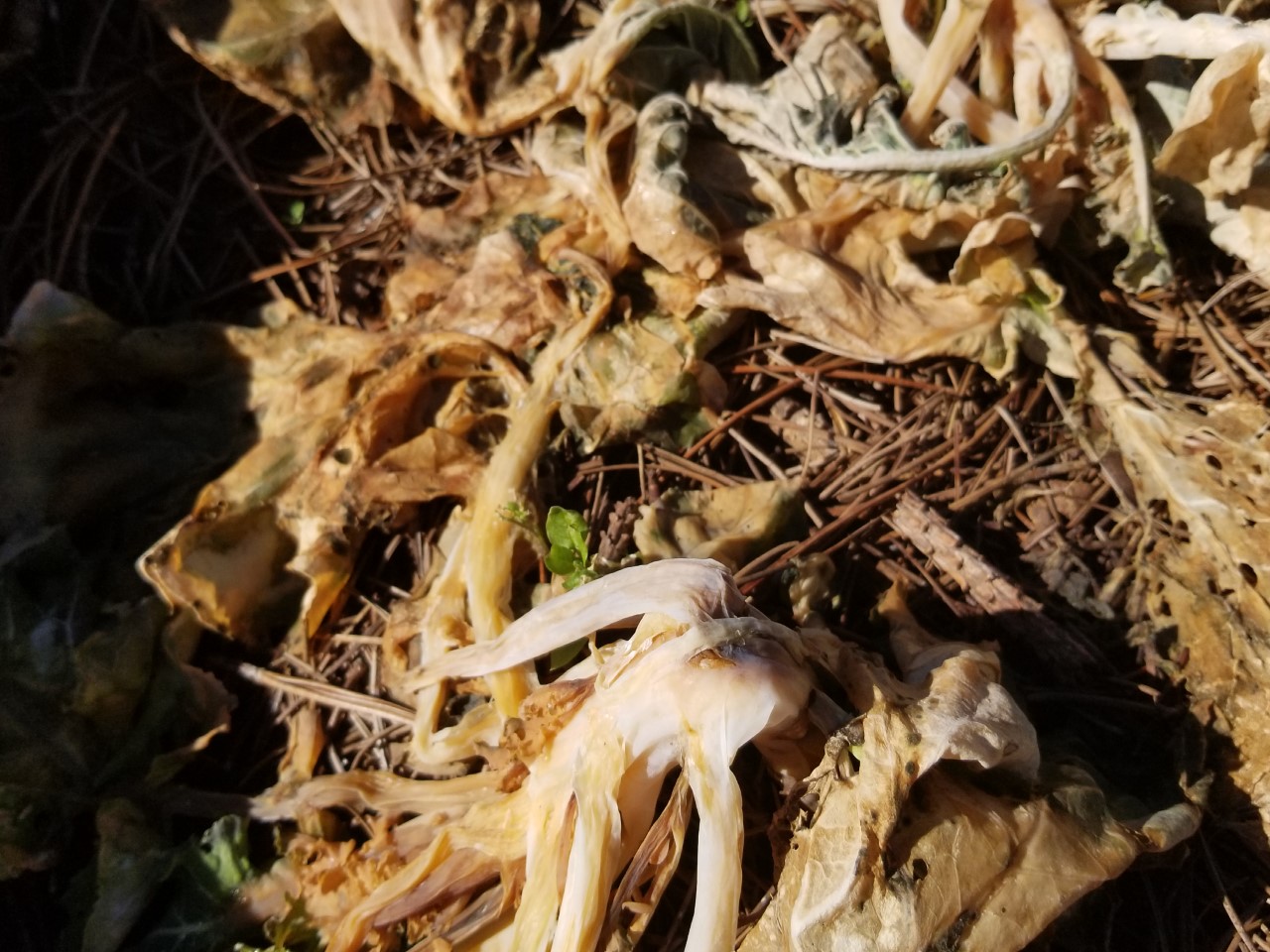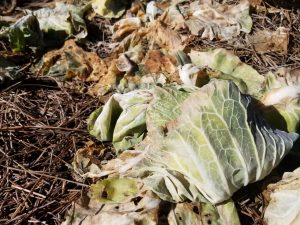In most of our state, school started today. I have been contacted by several teachers who are interested in starting school gardens this year. Many of them have had little experience in the garden and they envision a beautiful space where learning takes place outdoors everyday. For those of you who are just beginning your school garden journey I want to recommend a few resources for you.
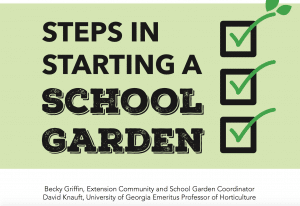
First, the publication Steps in Starting a School Garden. This guide will take you step-by-step through starting a successful, sustainable school garden. From gathering an effective garden team to what to plant, this guide will help you get started.
Next, bookmark the school garden resources webpage. This resource contains garden ideas, lesson plans, grant information, and supporting information on why school gardens are important. Visit it often!
Finally, make sure you know your local UGA Cooperative Extension agent. I may be biased but if you don’t know what is going on in your local Extension office you are missing out. Agents lead workshops in horticulture, nutrition, food safety, etc. They also may know what types of school gardening programs are already in your county.
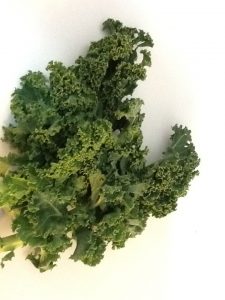
If you already have a school garden and are ready for the school year, don’t miss out on Georgia Organic’s Kickin’ it with Kale campaign for October’s Farm to School Month. Go to the website and sign up for resources. The first 300 people/groups to sign up can receive free seeds. I will be honest and say that I am not a big kale fan. Maybe this is the year I change my mind! Next week I will post information on how to plant those small kale seeds to ensure success.
Happy Gardening! And have a GREAT school year in the garden!
